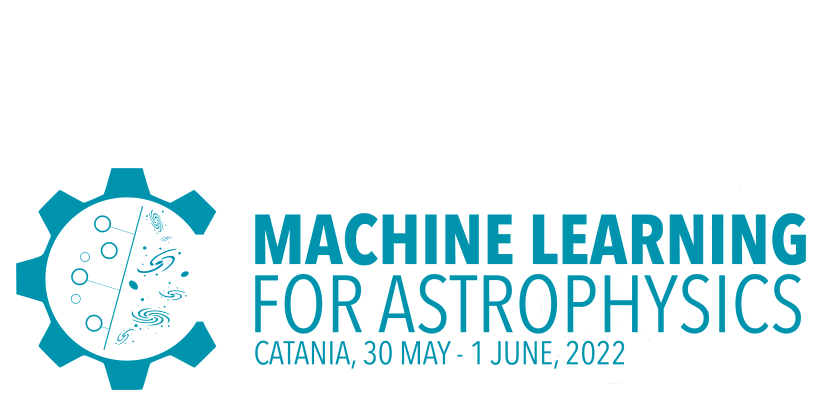Speaker
Description
Planet-induced sub-structures, like annular gaps, observed in dust emission from protoplanetary disks provide a unique probe to characterize unseen young exoplanets. Fitting a model of planetary gaps to these observed features using customized simulations or empirical relations can reveal the characteristics of the hidden planets. However, customized fitting is often impractical owing to the increasing sample size and the complexity of disk-planet interaction. We introduce DPNNet (Disk Planet Neural Network), an efficient model of planetary gaps by exploiting the power of machine learning. DPNNet is designed using Multi-Layer Perceptrons(MLP) and Convolutional Neural Network(CNN). The network is trained on a data set generated from disk-planet simulations using the Fargo3d hydrodynamics code to link arbitrary sets of parameters or metrics associated with disk-planet systems. This work provides the required framework and is the first step towards the use of computer vision to directly detect and extract the mass of an exoplanet from planetary gaps observed in dust-surface density maps by telescopes such as the Atacama Large (sub-)Millimeter Array. Our trained neural network provides an accurate prediction of the planet mass for observed disk (for example, from HL Tau) in much-reduced computing time.
| Main Topic | Deep learning |
|---|---|
| Secondary Topic | Classification and regression |
| Participation mode | In person |

